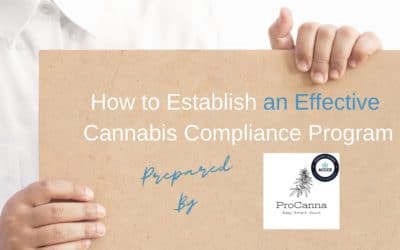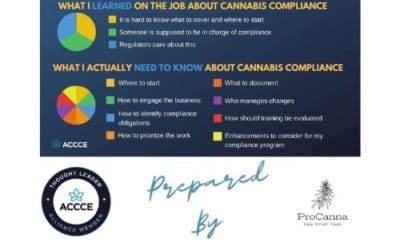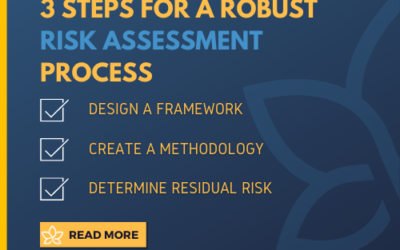When an inspector finds a deficiency or violation, how do they decide the appropriate level of punishment? While there is no standard across all states, many agencies take intent into account. Regulators evaluate the company’s compliance program—if there is one—and determine if it’s an active program or merely a paper program designed to assuage external stakeholders.
Compliance
Kirk’s Corner: Self-Reporting Saves $17,500
A retail dispensary self-reported non-compliant activity and the original fine of $62,500 was reduced to $45,000. Self-reporting is a positive step in addressing non-compliance and sends a positive tone from the top message to all stakeholders. Let’s examine the event and learn from it.
Kirk’s Corner – Canopy Advice
After measuring the size of the grows, the LCB determined they were out of compliance by 50%. Based on their determination, the LCB destroyed thirteen thousand pounds of harvested flower that the three growers had produced. Thirteen thousand pounds is a lot to lose so let us dive into this event, discuss risk management and compliance, and how you might approach these issues to avoid being out of compliance.
10 Steps for an Effective Cannabis Compliance Program
Like most things in life, you can think of risk management and compliance on a spectrum. We have three basic areas of the spectrum. In the middle, we find most operators who want to avoid deficiency notices, fines, and enforcement. They’re interested in managing risk and compliance, but may not have spent the time or resources to master the process. For all of you who are looking to develop and implement a compliance program or seek to improve the program you already have, this article is for you.
How to Prevent Distribution of Cannabis to Minors – Key Similarities Between Canada and the U.S.
The Cannabis Act has explicit rules for the packaging and labeling of cannabis products to ensure that they do not take on an appearance of something that might be enticing or appealing to young persons. The rules are comparable in the U.S., even if they vary slightly by state law.
One situation where both jurisdictions can learn from each other’s mistakes occurred in 2020. A raffle held at a Canadian youth hockey tournament contained a prize consisting of several cannabis products. The winner was an eight-year-old boy who was participating in the tournament.
Comply or Go Awry: Highlights From a Commercial Cannabis Enforcement Action and How to Protect Your Business
Commercial cannabis businesses tend to focus on preserving compliance with regulations in order to satisfy licensing requirements; however, managing risk holistically involves more than looking at the regulations.
Read this real-world case study of a commercial cannabis enforcement action and learn how to protect your business from potential penalties.
Why Should a Company Implement a Risk-Based Approach
In highly regulated industries, most companies reduce the risk of civil and criminal exposure by taking a risk-based approach that shows the company’s intent to comply.
Form 8300 – Do You Have Another IRS Issue?
In the United States of America, commercial cannabis businesses must be aware of the Internal Revenue Service (IRS) requirements for Form 8300 when receiving over $10,000 in cash for a single or related transaction. To reduce your civil and criminal risk exposure, start your risk-based approach to Form 8300 compliance today with a risk assessment, system of control, and looking at the past.
3 Steps for a Robust Risk Assessment Process
Maintaining compliance in the commercial cannabis industry can be daunting, considering how highly regulated the industry is and how quickly rules change. A compliance risk assessment will help your commercial cannabis business focus resources on the regulatory risks that matter most to your business.









